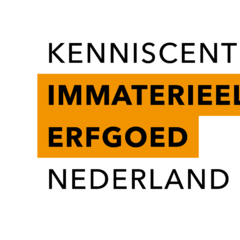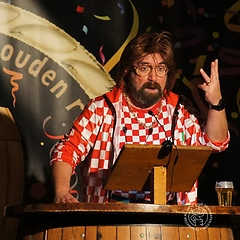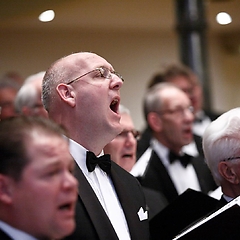The harmonium is best known as a living room instrument, where it was used as an accompaniment to singing, which was done mainly in Protestant families during much of the twentieth century. The instrument is also used in churches, chapels and concert halls and can enjoy increasing interest. Composers write new music for harmonium.
The Harmonium Vereniging has about three hundred members; the museum has a large collection of instruments. There are players in large parts of the country and various professional groups and there are enthusiasts who go more for the technique or restoration.
The harmonium was in 1842 invented in France and the instrument ended up in many places: salons, churches and in the Netherlands especially living rooms. Great composers wrote pieces for harmonium (Rossini, Bizet). After World War II, interest declined with the advent of the electronic organ. Since the 1990s there has been a growing interest again, not least among pop and folk musicians. No new harmoniums will be built.



